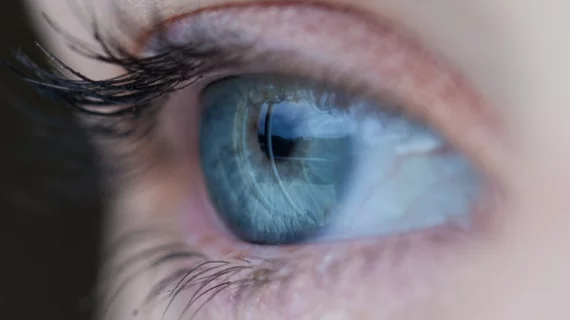Photographing the pupils of heart failure (HF) patient can help predict if they are at a greater risk of death or hospital readmission, according to new findings published in ESC Heart Failure.
The authors explored data from 870 consecutive acute HF patients treated at the same facility in Japan from January 2012 to December 2017. At the time of treatment, specialists measured each patient’s pupillary light reflex (PLR) to evaluate the progress of effectiveness cardiac rehabilitation. PLR measurements, and all other information, was then collected from the patients’ electronic medical records.
Overall, the researchers observed an independent association between pupil area and all-cause mortality and readmission due to HF. In addition, adding PLR findings to a patients Seattle Heart Failure Score “significantly increased” the score’s accuracy when it came to all-cause mortality.
“Pupil area can be obtained rapidly, easily, and non-invasively,” lead author Dr. Kohei Nozaki, Kitasato University Hospital in Japan, said in a statement from the European Society of Cardiology. “Our study indicates that it could be used in daily clinical practice to predict prognosis in patients with heart failure, including those who also have atrial fibrillation. Patients with a small pupil area could be prioritized for cardiac rehabilitation with physical activity, which has been reported to improve autonomic function.”
Click here for the full analysis.

